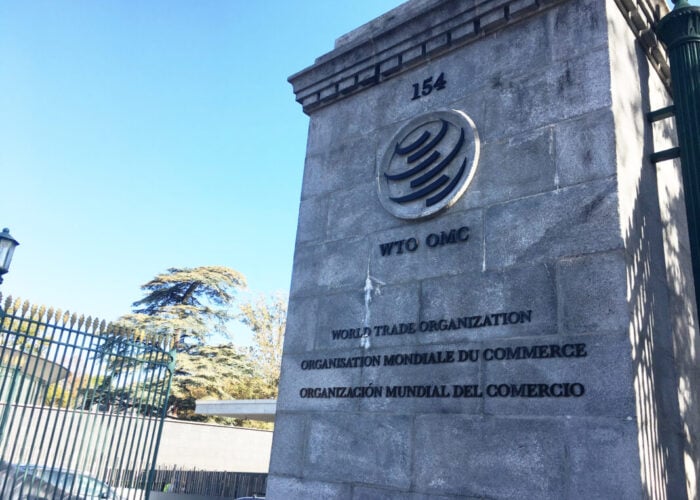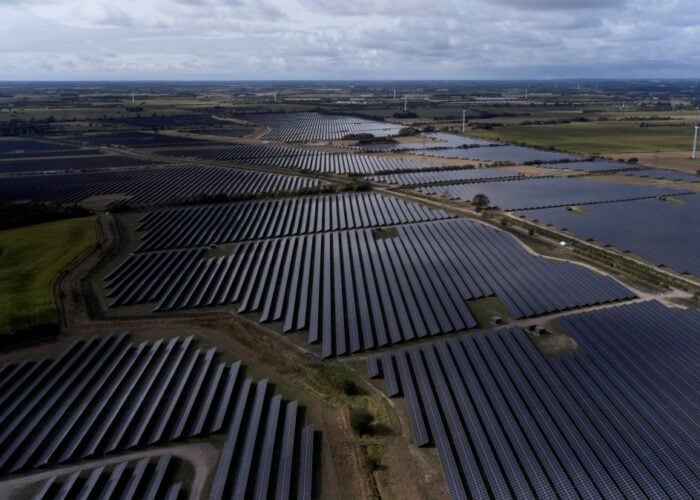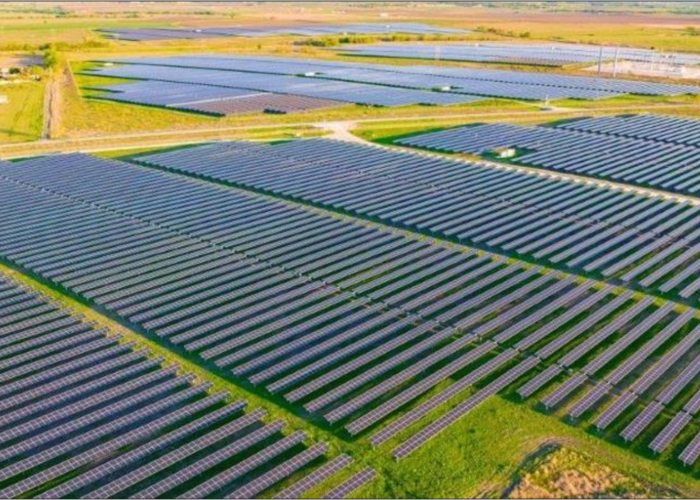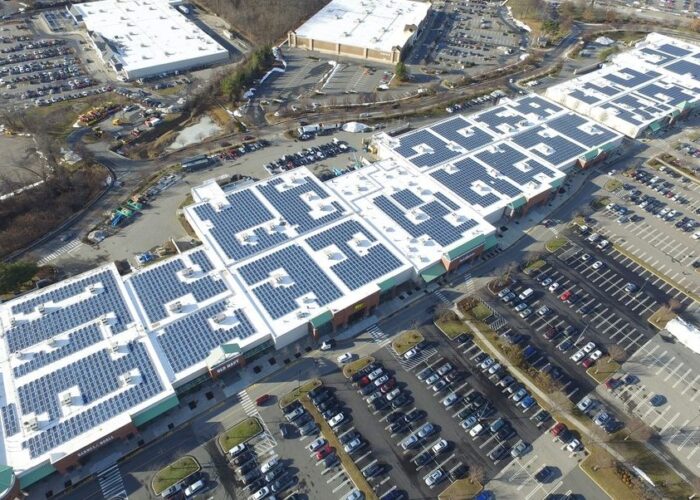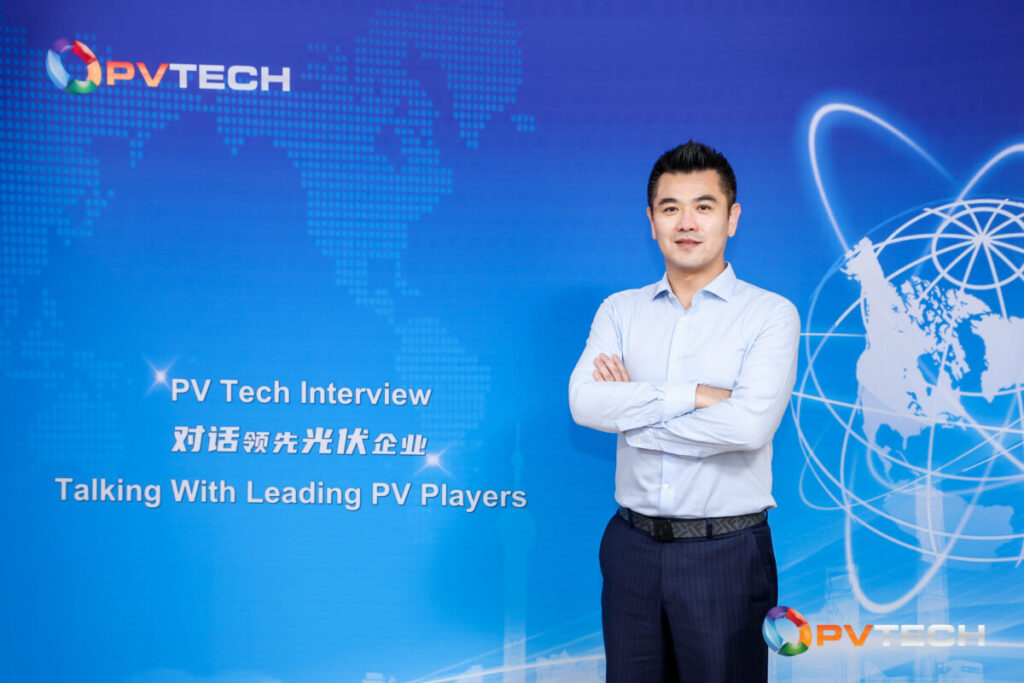
During SNEC 2024, PV Tech spoke with Chuan Lu, chairman and CEO of Astronergy, about the company’s strategy for coping with challenges in the solar PV industry, new products and shipment forecast.
Part of the CHINT Group, Astronergy is an intelligent manufacturing company focusing on n-type tunnel oxide passivated contact (TOPCon) technology.
Try Premium for just $1
- Full premium access for the first month at only $1
- Converts to an annual rate after 30 days unless cancelled
- Cancel anytime during the trial period
Premium Benefits
- Expert industry analysis and interviews
- Digital access to PV Tech Power journal
- Exclusive event discounts
Or get the full Premium subscription right away
Or continue reading this article for free
The solar industry has been experiencing fluctuation in module prices and supply and demand. To address the challenges, Astronergy has adopted a “3D” strategy.
“The first D is differentiation. There are still many customer values you can deliver, such as efficiency, prices, and how to bring the lowest levelised cost of energy (LCOE) to customers,” he said.
Lu said that the upstream of the solar PV industry is now becoming more challenging compared to the downstream. “The second D is downstream. Oversupply is the result of a bottleneck in policy-making in the past three years, but this is over after three years of heavy investment,” Lu explained.
Diversification is another “D”, according to Lu. “We have diversified ourselves with several business streams, including global project development and residential rooftop business.”
Astronergy has decided to increase its manufacturing capacity to a “decent size”. At SNEC, Astronergy showcased its n-type TOPCon modules based on its 4.0 cell technology, reducing the use of silver paste and other raw materials. Lu said: “You’ll face oversupply if you expand too much. This means you may suffer more losses”.
Looking ahead, Astronergy is planning to increase its module manufacturing capacity to 70GW by the end of next year, while shipping up to 50GW of modules.
With a footprint in over 140 countries and regions, Astronergy operates intelligent manufacturing facilities across China, with an additional factory in Thailand and two factories under construction in Turkey and the US. It has branches in countries including Germany, Spain, the US, Brazil and Australia and focuses on markets in Europe, North and South America and Asia Pacific.

